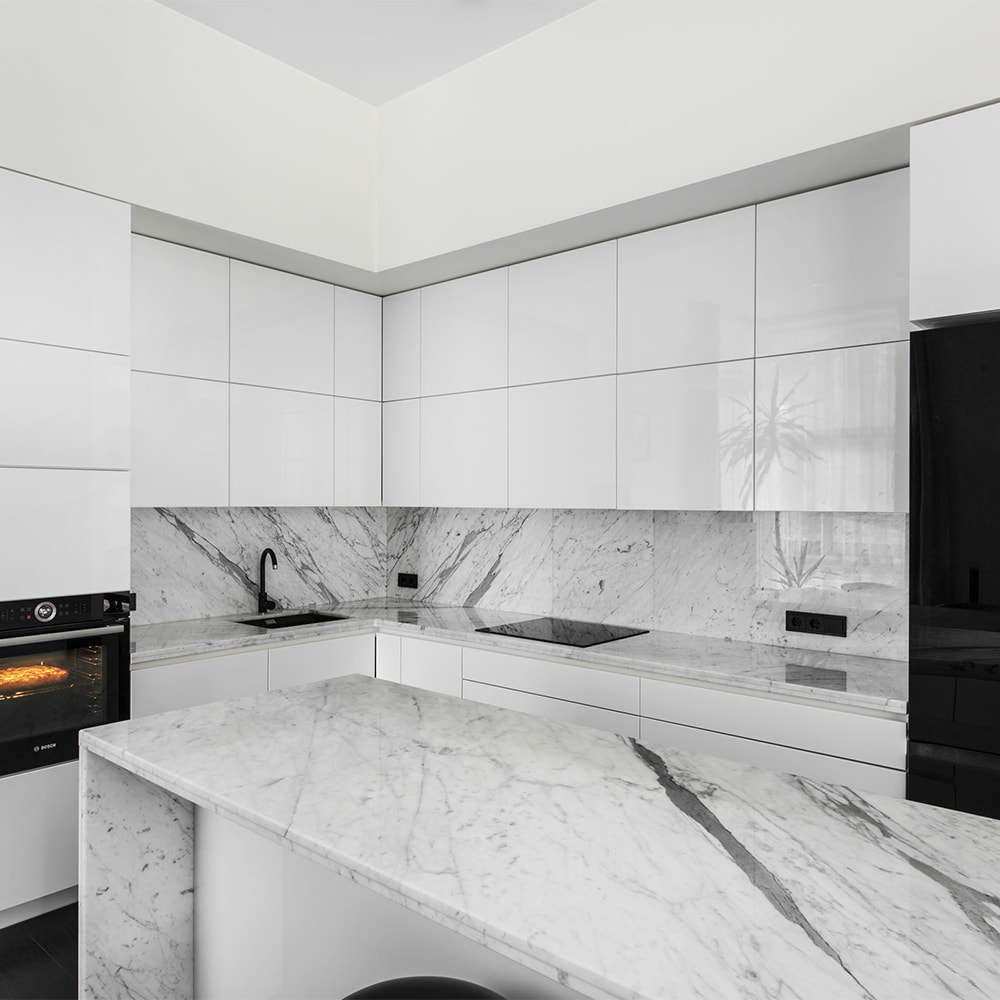In the realm of interior design and construction, the choice of materials can significantly impact the aesthetics and functionality of a space. One material that has gained popularity for its versatility and visual appeal is the acrylic laminate sheet. Known for its durability and range of design options, acrylic laminate sheets are revolutionizing how architects, designers, and homeowners approach surface finishes.
Acrylic laminate sheets are synthetic sheets made from a combination of acrylic resins and other materials, resulting in a lightweight, durable, and visually appealing surface. These sheets are available in various colors, patterns, and finishes, including high-gloss, matte, and textured options. The manufacturing process involves layering acrylic resin, which is then pressed into sheets, allowing for a wide range of designs that mimic natural materials such as wood, stone, or even vibrant colors.
One of the standout features of acrylic laminate sheets is their extensive design versatility. They come in countless colors and patterns, allowing designers to achieve the desired look for any space, from modern minimalism to classic elegance.
Acrylic laminate sheets are known for their resilience. They are resistant to scratches, stains, and impacts, making them suitable for high-traffic areas and environments where durability is essential.
Compared to traditional materials like wood or stone, acrylic laminate sheets are significantly lighter. This characteristic makes them easier to handle and install, reducing labor costs and installation time.

Unlike some materials that may warp or degrade when exposed to moisture, acrylic laminate sheets are inherently resistant to water. This property makes them an excellent choice for kitchens, bathrooms, and other humid environments.
Cleaning acrylic laminate sheets is straightforward; they can be wiped down with mild detergents and water, requiring no special cleaning products. Their non-porous surface prevents dirt and bacteria from accumulating, promoting hygiene.
Acrylic laminate sheets offer a budget-friendly alternative to more expensive materials like natural stone or high-quality wood. This affordability allows homeowners and designers to create stunning spaces without overspending.
Many manufacturers produce acrylic laminate sheets using eco-friendly processes and materials, making them a more sustainable choice for environmentally conscious consumers.
With advancements in printing technology, acrylic laminate sheets can be custom-designed to meet specific project requirements, including branding and unique patterns, making them ideal for commercial spaces.
Incorporating high-quality finishes like acrylic laminate can increase the perceived value of a property. Potential buyers often appreciate the modern look and durability these materials offer.
Acrylic laminate sheets are commonly used in furniture production, from tabletops to cabinets, offering a stylish yet durable finish.
Designers use these sheets for wall coverings, creating eye-catching accent walls in residential and commercial spaces alike.
Acrylic laminate sheets can serve as attractive and functional countertops, particularly in kitchens and bathrooms, where both style and durability are required.
Businesses often utilize acrylic laminate sheets for store fixtures and displays, allowing for vibrant branding and product presentation.
In office settings, acrylic laminate sheets can be used to create partitions or privacy screens, enhancing both aesthetics and functionality.
Acrylic laminate sheets represent a modern solution for anyone seeking a balance of beauty, durability, and versatility in design. Their wide range of applications, coupled with their appealing aesthetic options, make them a favorite among designers, builders, and homeowners. As the demand for stylish and sustainable materials continues to rise, acrylic laminate sheets stand out as an innovative choice that can transform spaces while maintaining practicality. Whether used in residential interiors or commercial settings, these sheets are poised to play a pivotal role in the future of design.


 English
English 中文简体
中文简体









